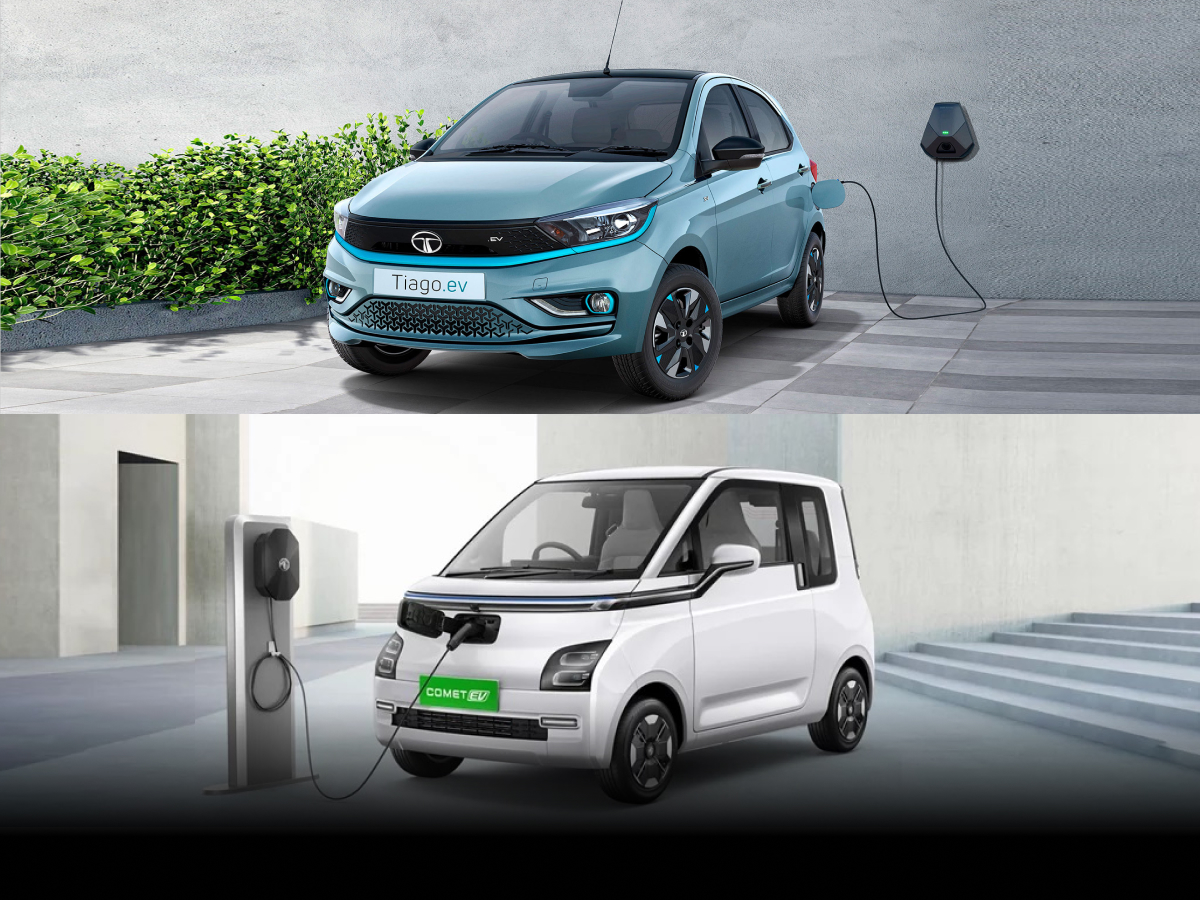Charging your electric vehicle (EV) at home is not only convenient but also cost-effective. As the adoption of electric cars increases, more owners are installing home charging stations to ensure their vehicles are always ready to hit the road. However, to maximize battery health, charging efficiency, and safety, it’s essential to follow best practices. This article outlines key tips and strategies for effectively charging your EV at home.
Choose the Right Home Charging Setup
Before you start charging your EV at home, it’s crucial to select the appropriate charging equipment. Typically, there are two main types of chargers:
- Level 1 Charger: Uses a standard 120-volt household outlet. Suitable for overnight charging but slower, adding about 3-5 km of range per hour.
- Level 2 Charger: Requires a 240-volt outlet, often installed by a professional electrician. Charges faster, adding around 25-40 km of range per hour.
Level 2 chargers are generally recommended for daily use as they significantly reduce charging time compared to Level 1 chargers. Make sure the charger you choose is compatible with your vehicle model and offers smart features like scheduling and energy monitoring.
Install a Dedicated Circuit
One of the most important steps in setting up home charging is installing a dedicated circuit. EV chargers draw substantial power, and connecting them to an existing circuit can overload your home’s electrical system. Hiring a certified electrician to install a dedicated line ensures safe and efficient charging.
Additionally, upgrading your home’s electrical panel may be necessary to accommodate the increased load. Some states and cities offer incentives or rebates for EV charger installations, so it’s worth checking local policies.
Optimize Your Charging Schedule
Electricity rates often vary throughout the day. Charging your vehicle during off-peak hours can save money on your utility bill. Many modern EVs and charging stations allow you to schedule charging sessions through a mobile app. Setting the car to charge overnight when electricity demand is lower can result in significant cost savings over time.
Monitor Charging Efficiency
Keeping track of your charging habits helps you optimize energy use. Use apps or the vehicle’s onboard system to monitor charging times, energy consumption, and costs. By analyzing this data, you can adjust your schedule or charging rate to enhance efficiency and reduce expenses.
Maintain Battery Health
To extend your battery’s lifespan, avoid charging to 100% every time unless necessary for a long trip. Ideally, maintain the battery charge between 20% and 80%. Frequent fast charging can also degrade battery health over time, so use slower home charging whenever possible. If your car has a battery preservation mode, enable it for regular home charging sessions.
Keep Your Charging Area Safe
Ensure that the charging area is dry and well-ventilated to prevent overheating and reduce the risk of electrical hazards. Keep cables organized using wall-mounted hooks or cable management systems. Regularly inspect the charger and cables for signs of wear, such as frayed insulation or bent connectors.
If you notice any damage, discontinue use and seek professional maintenance. For added safety, install a residual current device (RCD) to protect against electrical faults during charging.
Protect Your Charger from Weather
If your home charger is installed outdoors, invest in a weatherproof cover to shield it from rain, dust, and direct sunlight. Extreme temperatures can affect both charging speed and equipment longevity. Choose a location that offers natural shade or install a protective canopy for outdoor setups.
Use Smart Charging Features
Modern home chargers often come with smart features that enhance safety and efficiency. These include load balancing to prevent electrical overload, automatic shutoff when charging is complete, and remote monitoring through a mobile app. Utilizing these features can make charging more manageable and reliable.
Avoid Frequent Short Charges
Unlike petrol or diesel cars, electric vehicles don’t benefit from frequent short charges. Plugging in your EV for brief periods can reduce the battery’s overall efficiency. Instead, plan your charging to allow for longer, uninterrupted sessions. This approach helps maintain a stable charge cycle and improves battery health.
Backup Power and Emergency Planning
Power outages can disrupt your charging routine, especially if you rely solely on home charging. Consider installing a home backup battery system or a solar panel setup to maintain charging capabilities during emergencies. Having an alternative energy source ensures that your vehicle remains usable even during prolonged outages.
Conclusion: Smart and Safe Charging at Home
Charging your electric vehicle at home is a practical solution that offers flexibility and cost savings. By choosing the right equipment, maintaining battery health, and optimizing your charging schedule, you can make the most of your EV ownership experience. Prioritizing safety, efficiency, and maintenance will ensure that your home charging setup remains reliable for years to come.

